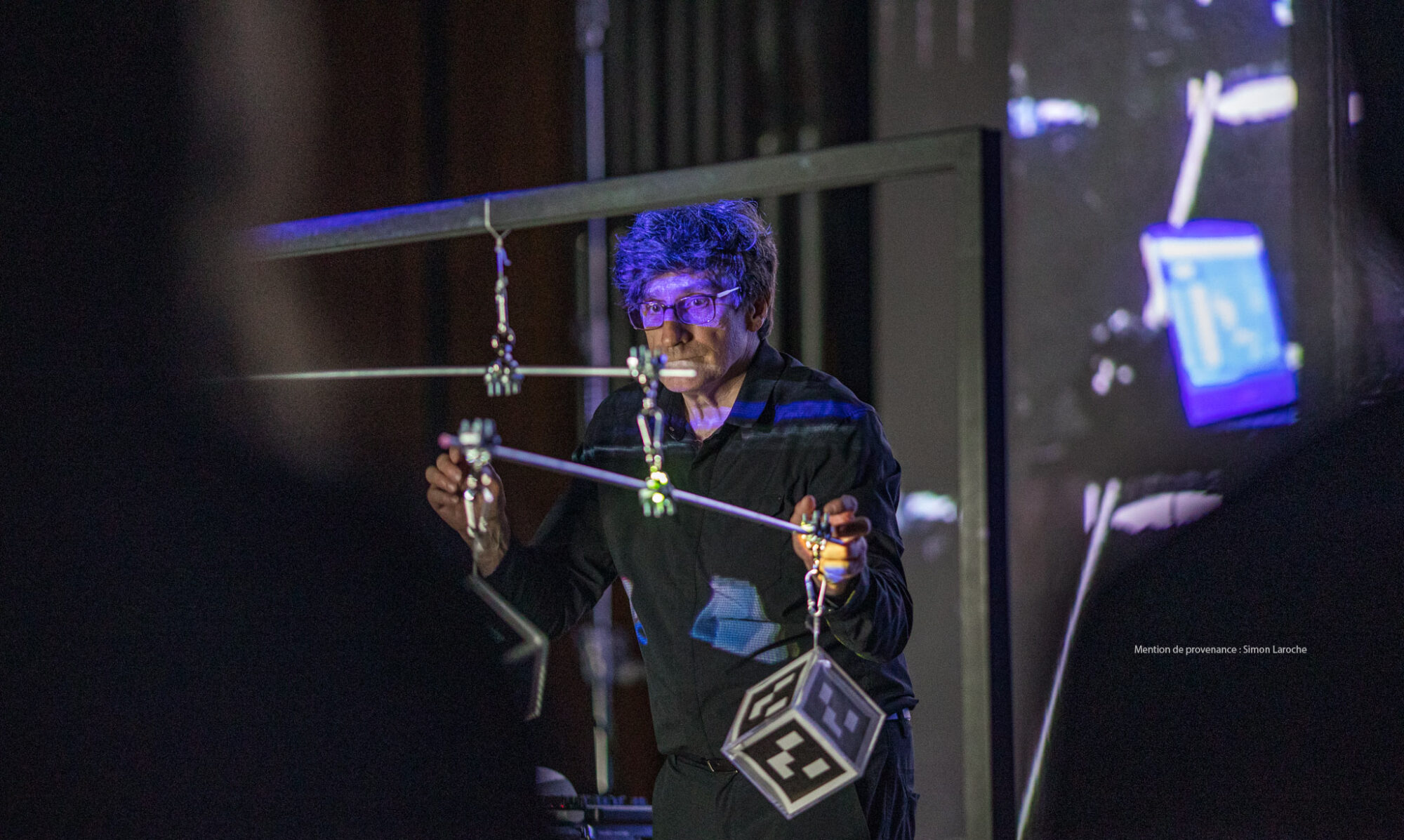Yi Ching, The Book of Changes
The Yi Jing, which appeared 3500 years ago, was a divination tool using wooden sticks. Over time, it became the basis of philosophical and moral thought that attempted to understand the world and its transformations. These were represented in the hexagrams which depicted the unfolding of events according to dynamic categories.
The creation of 485 images was necessary to display the Yin Yang symbols, the trigrams and the hexagrams. These images were generated with Python code written for this project using OpenCV and Numpy. These images were then edited in Premiere Pro. The musical pieces were generated using artificial intelligence algorithms : Amper Music from the New York company specializing in music generation.
4500 images in AI
This project is based on an artificial intelligence algorithm which uses reference images (here “texture” images of Montreal) and which attributes their “statistical” characteristics to the content of other images in order to transform the latter into the style reference pictures. “Style” models are thus produced, these are artificial neural networks created from several layers of pixel analysis, nineteen layers in the case of the VGG19 model used for this work. There will be one processing applied per image, with a greater or lesser impact depending on the number of iterations performed.
My living room
I propose to bring the viewer to see an imaginary space through the eyes of a stereo camera and to recreate this space. In the first part of the video, I superimpose the images of 2D reality on those of a 3D digitization of space transposed into pixels in color-coded distance calculations. I quickly add another visual layer where polygon edges are generated to reconstruct 3D space. In a second part, I suggest a “nebulous” state, referring to a kind of cosmogony representing a state of reconstruction of data acquired from antagonistic forces, organization and disorder, to recreate a small world, my imaginary living room , with an appearance of reality, but an altered reality.
In the manner of…
This project is based on an artificial intelligence algorithm based on style transfer. The images to be modified come from a one-minute video of a gutter during a rain cut into 1800 images. I then used six images of known paintings, edited in 10 second cycles and re-exported into 1800 images of the “style”:
• The Guernica of Pablo Picasso
• Composition VIII by Wassily Kandinsky
• Water Lilies and Japanese Bridge by Claude Monet
• The Scream by Edvar Munch
• The Starry Night by Vincent van Gogh
• The Great Wave off Kanagawa by Hokusai
